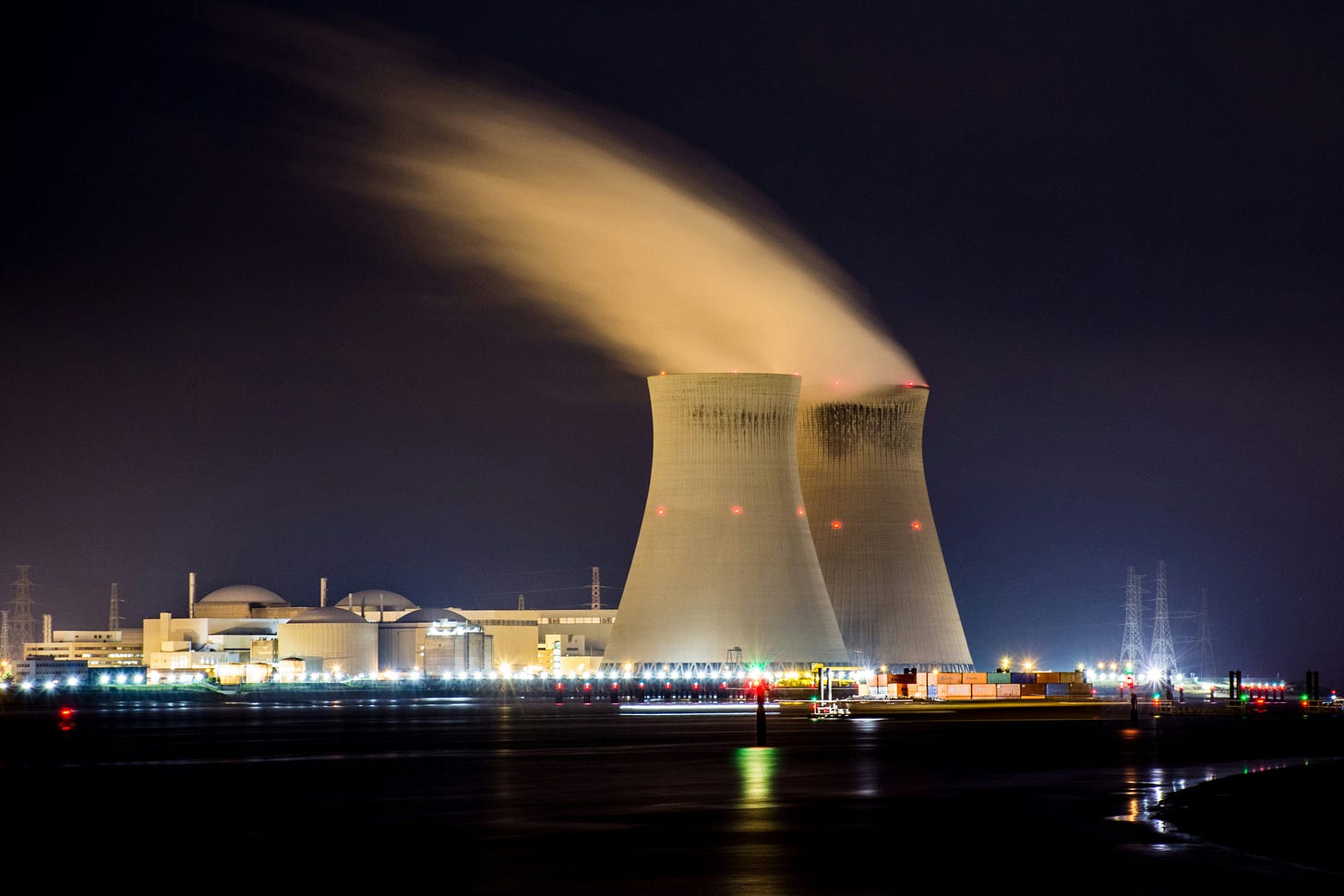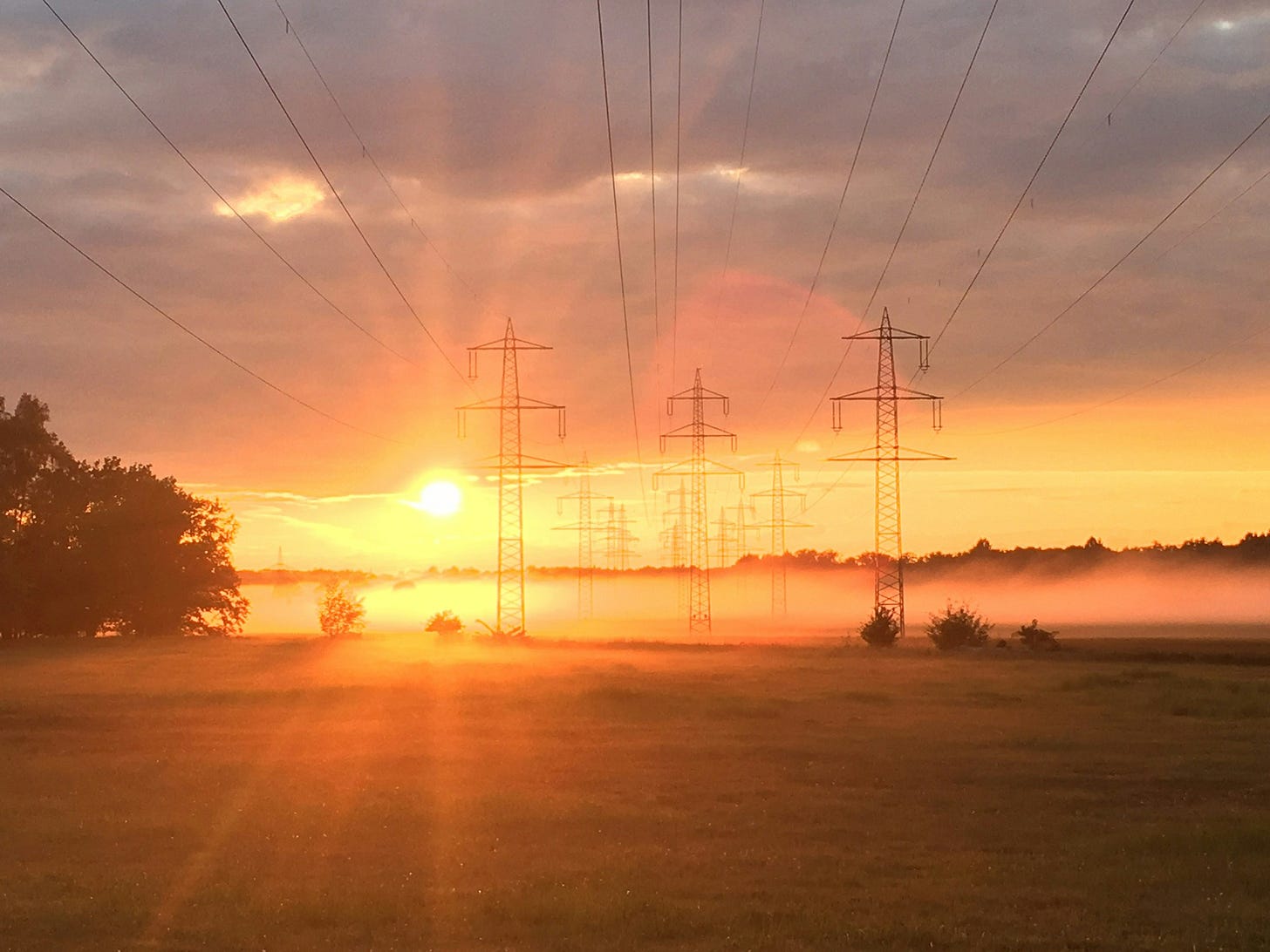Rethinking Diablo Canyon's Future - II/II
There are viable alternatives like Long Duration Energy Storage, new hybrid resources, high temperature superconducting cables, and long lead-time resources, to a nuclear power plant extension.
California, a trailblazer in the pursuit of clean and sustainable energy solutions, now stands at a crossroads with the looming decision on the extension of the Diablo Canyon Nuclear Power Plant's (DCPP) operation. The recent inquiry into the merits of alternative resources to DCPP has revealed critical concerns with the current methods employed to assess and procure these resources.
In this op-ed, I delve into the nuances of the inquiry, emphasizing the need for a comprehensive reevaluation of California's energy future.
Source - Unsplash
The California Energy Commission's (CEC) March 2023 report, a key document in this discourse, has raised eyebrows by categorizing standalone batteries, hybrid configurations like solar plus batteries, and 8-hour batteries as long lead-time resources. While these technologies are integral to the state's energy transition, the report appears to underestimate their potential growth, particularly in the years 2027 and 2028.
This underestimation results in a discounting of the benefits offered by long lead-time resources as viable alternatives to DCPP.
One notable omission from the CEC's MW Nameplate Capacity forecasts is Long Duration Energy Storage (LDES), exemplified by technological advancements such as Hydrostor's proposal for a minimum procurement of 605 MW. The oversight of LDES in the CEC's projections hinders a comprehensive understanding of the evolving energy landscape. As we move towards a future reliant on flexible and sustainable resources, discounting these technologies may jeopardize the state's ability to meet its clean energy goals.
The viability of hybrid projects, such as solar plus storage, emerges as a compelling alternative to DCPP extension. The Joint Agency May 2023 report indicates a significant increase in "New Hybrid Nameplate" capacity since the February report. This uptick suggests that hybrid projects are not only viable but represent a tangible way forward in California's energy transition. However, the progress in adding new hybrid capacity could stall if DCPP is granted an extension, highlighting the interconnected nature of energy planning.
Moreover, the CEC report appears to neglect the impact of technological advancements in transmission technologies on capacity needs post-DCPP retirement. High Temperature Superconducting transmission technologies, capable of increasing the rating of existing transmission lines by 5-10 times, could play a pivotal role in optimizing the integration of renewables into the grid. This oversight raises concerns about the report's comprehensiveness in addressing the intricacies of California's evolving energy infrastructure.
A critical aspect of this discourse revolves around the commercial availability of High Temperature Superconducting transmission. Companies like VEIR, planning to commercialize their technology by 2027, signify the potential for increased renewable integration and its consequential impact on Net Qualifying Capacity. The CEC report should incorporate the foresight to accommodate these innovative solutions that can revolutionize the state's energy grid.
Source - Unspalsh
One of the CEC's assumptions that comes under scrutiny is its treatment of long lead-time resources, such as 8-hour batteries. The report assumes that these resources would contractually arrive in 2028. However, the DECISION OF ALJ FITCH, based on CPUC procurement data, indicates that 1,283 MW of long lead-time resources, in the form of batteries, are assumed to be online in 2028. Moreover, these resources are in addition to the 4,000 MW required by the CPUC in 2025-26, underscoring the flexibility and adaptability of the state's energy procurement strategy.
In summary, California possesses a spectrum of viable alternatives to DCPP extension. Long Duration Energy Storage, new hybrid resources, high temperature superconducting cables, and long lead-time resources stand out as flexible and sustainable options.
The CEC report must acknowledge the dynamism inherent in these alternatives and refrain from underestimating their potential. As we navigate the complexities of our energy future, embracing these technologies will not only ensure reliability but also facilitate the transition towards a more resilient and sustainable energy landscape. It is time for California to lead by example once again and set the stage for a future powered by innovation, flexibility, and a commitment to a cleaner environment.




